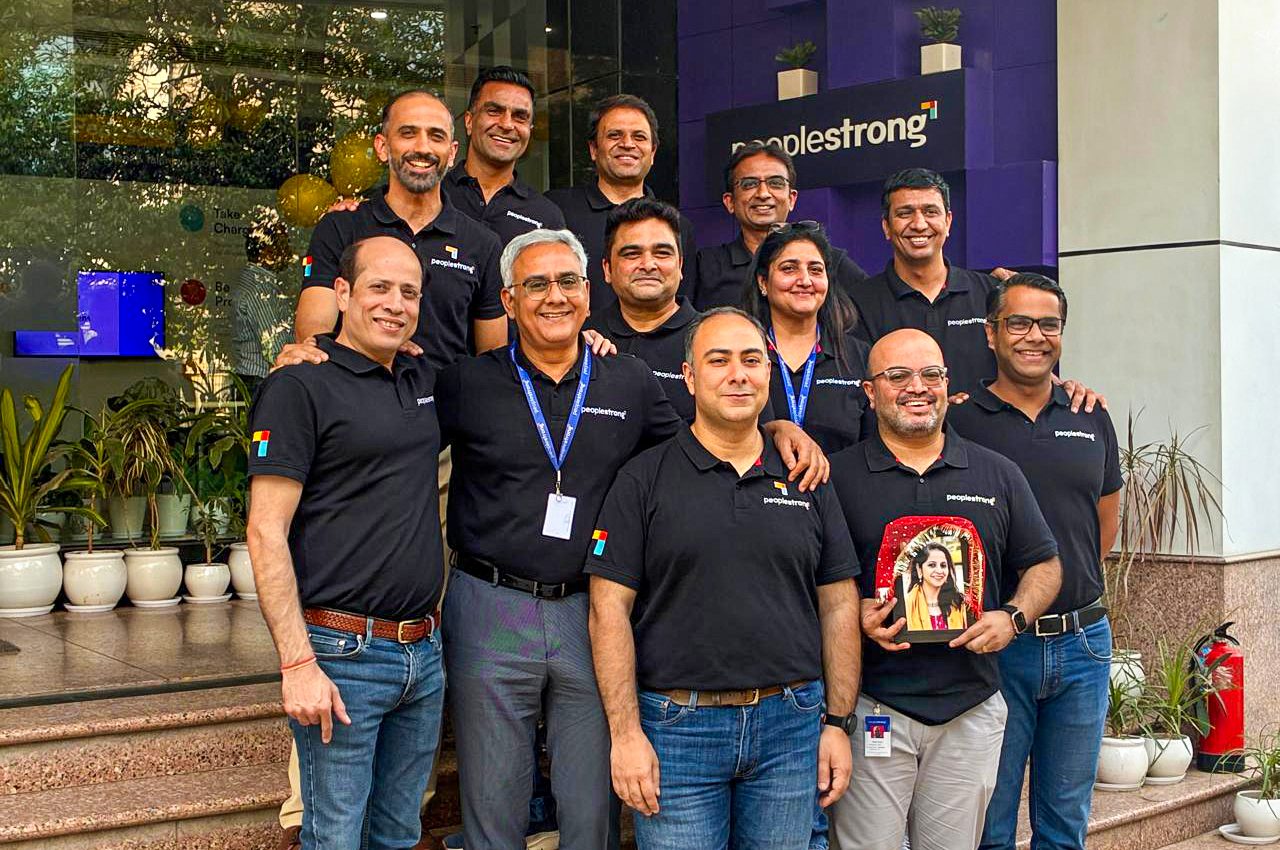Recruiting metrics play a pivotal role in carrying data-driven hiring and recruitment activities. However, if an organization’s HR went ahead and kept track of all the recruiting metrics available on the web, there would be no time to conduct actual recruiting! In this blog, we will talk about the most important recruiting metrics for your organization’s HR.
Let’s start with the question, what do we refer to as recruiting metrics?
The Meaning of Recruiting Metrics?
These metrics are vectors used to track hiring success and optimize hiring candidates for an organization. These metrics capture the time and resources used and the conversion rates of the various recruiting steps.
Recruiting metrics provide information about the various aspects of recruitment that may be over performing or underperforming. It helps companies identify improvement areas and justifies the investment into particular recruiting operations.
When used correctly, these metrics help evaluate the recruiting process and the kind of hiring they are upto. Making the decision to recruit the right people is valuable. Whether you start by measuring recruiting data or fine-tuning your recruiting metrics, this list will give you an excellent overview on what to focus on while recruiting-
1. Time to fill
It indicates the time taken to spot and hire a new prospect, measured by the number of days between posting a job requirement and hiring an applicant. The time to fill is determined by supply and demand ratios for specific jobs and the recruitment department’s speed.
2. Time to hire
It represents the days between the time a candidate is approached and the time he/she takes to accept the offer. Time to hire measures the time taken for an applicant to move up the hiring ladder once they’ve applied. Time to hire provides a solid metric of the recruitment team’s efficiency. This metric is also referred to as Time to Accept. A shorter time to accept enables HR to hire better candidates, preventing the best candidates from being snatched up by a company with a shorter period of time taken to hire.
3. Source of hire
Tracing the sources that attract new applicants to your company is one of the most used recruiting metrics in the industry. This metric also aids recruiters to keep track of the efficacy of various recruiting mediums such as newspapers, LinkedIn, job portals and others.
4. Quality of hire
This is measured by someone’s performance rating, which indicates the first-year performance of a candidate. Candidates who receive high-performance ratings indicate hiring success, while the opposite holds true for applicants with low-performance scores.
Low first-year performance ratings are signs of a bad hire. The Department of Labour states that the price of a bad hire costs a minimum of 30 percent of the employee’s first-year earnings. Hence, the quality of employment is the required input for the Success Ratio.
5. Applicants per opening
Applicants per hire or opening test the job post’s popularity. A considerable number of candidates may reflect a high demand for employment in that niche, or it could show that your job description is too broad.
It is not certainly an indicator of the number of suitable candidates. By narrowing the job description and including several ‘strict’ criteria, the number of applicants can be reduced without losing out on eligible candidates.
6. Selection ratio
This refers to the ratio of hired candidates per the total number of applicants. It is also known as the Submittals to Hire Ratio, where the ratio approaches 0 when there are many applicants. The selection ratio can give you information like the value of different assessment and recruitment tools and estimate the utility of a given selection and recruitment system.
7. Cost per hire
The cost per hire refers to the total amount invested in recruitment divided by confirmed recruits. It includes various cost structures, which can be divided by internal and external costs. By quantifying them all, HR can gauge the total hiring cost.
8. Offer acceptance rate
This metric is helpful while comparing the number of applicants who accepted the job offer with the number of applicants that received a job offer. Low scores can reflect potential compensation problems. If these problems occur often, for specific functions, the pay can be discussed earlier in the recruiting process to minimize the impact of a refused job offer. An example is listing income in the job opening or asking for the candidate’s salary expectations.
9. Percentage of open positions
The percentage of open positions compared to the total number of posts can be applied to specific departments or the entire organization even. A high percentage can indicate high demand (for example, due to fast growth) or low labor market supply.
10. Recruitment funnel effectiveness
Recruitment is a funnel that starts with sourcing and concludes with a signed bond or contract. Measuring the efficacy of all the different levels in the funnel, one can specify a yield ratio per level. This makes for some excellent recruiting metrics.
11. Sourcing channel effectiveness
Sourcing channel effectiveness helps analyze your various sourcing channels and the number of candidates each channel delivers based on the level of your investment. In order to measure this, select a conducive time frame and count the number of applicants each channel generates. Keeping track of the effectiveness of your sourcing channel is important to identify the best and the worst sources of hire, which will help you get more applicants and save you from investing money in sources with a poor return on your investment.
📜 Suggested Read: 10 Proven Recruitment Strategies to Attract Top Talent
Conclusion:
The recruiting process has evolved a lot over the last few years due to advancement in HR tech, such as atomization and third-party platforms that provide HR suite solutions that make HR functions more efficient and streamlined. PeopleStrong is one such market leader that strives to revolutionize the way companies recruit. recruitment software, a PeopleStrong offering, is scalable, smart, and the perfect solution for all your recruitment technology needs.











